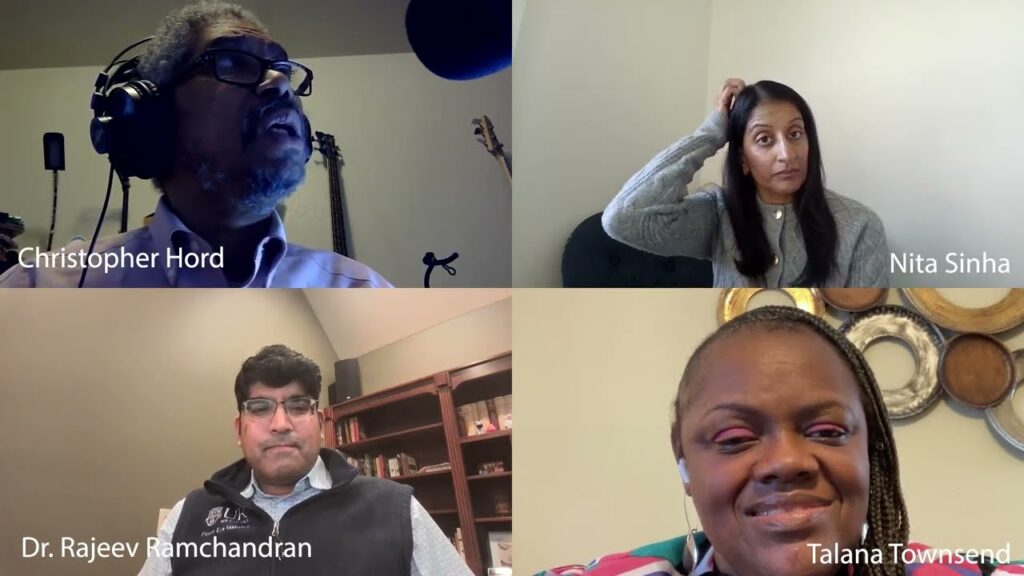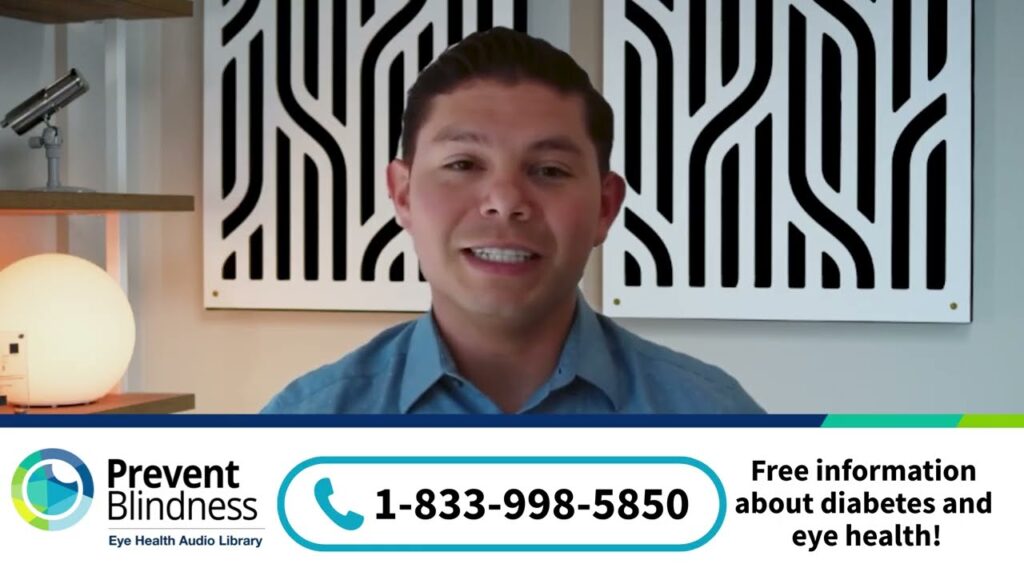What Is Diabetes-related Eye Disease?
If you have diabetes, prevention of eye diseases related to diabetes is a priority. Diabetes-related eye disease can cause you to have trouble reading, seeing faces across the room, seeing at night, or even blindness. There are two forms of diabetes-related eye disease:
Diabetes-related retinopathy occurs when small blood vessels leak and bleed in the retina. The retina is layer of the eye that acts like the film in the camera of the eye to help you see. Diabetes-related retinopathy is a leading cause of blindness in American adults and it affects over one in four of those living with diabetes, while 4% have severe cases of retinopathy.
Diabetes-related macular edema is a swelling that can occur with retinopathy. It occurs when the small blood vessels in the center of the retina, called the macula, become leaky and cause the retina to swell. It can cause your vision to become blurry.
The good news is that diabetes-related eye disease can often be prevented or managed with a healthy lifestyle and annual visits to an eye doctor.
Diabetes Resources at Prevent Blindness
These resources are designed to support individuals living with diabetes and help them gain access to eye care that they require to maintain healthy vision.



Different Words, Same Meaning
Diabetes-related Eye Disease = Diabetic Eye Disease
Diabetes-related Retinopathy = Diabetic Retinopathy
Diabetes-related Macular Edema = Diabetic Macular Edema
What Other Eye Diseases Are Common Among People Living With Diabetes?
Glaucoma, “the silent thief of sight,” causes damage to the optic nerve and possible loss of side vision, usually caused by an increase in fluid pressure inside the eye. Vision loss will start without any noticeable symptoms leading to tunnel vision. If left untreated, glaucoma can lead to permanent loss of vision. Once vision is lost to glaucoma, it cannot be restored. Medications and surgery can delay progression of this disease.


What is Diabetes?
Diabetes is a disease in which glucose levels in your blood (also known as blood sugar) are high. Blood glucose is your body’s main source of energy and you get it from the food you eat. Your body makes a hormone called insulin that helps glucose from food you eat get into your cells to be used for energy. If you have diabetes, your body may not make enough insulin or any insulin or your body is not able to use insulin well. This causes glucose to stay in your blood and not get to your cells for energy.
Many people are able to live long and healthy lives with diabetes. You can manage diabetes through diet, exercise and taking medication as prescribed. Without management, the high glucose levels in your blood can cause damage to your heart, kidneys, feet, ears, and eyes. Staying healthy will make it easier for you to manage your diabetes and maintain good vision and eye health, allow you exercise, and follow the treatment advice of doctors.

How Common is Diabetes?
You should know that you are not the only one out there living with diabetes. More than 30 million people in the United States have diabetes. One in four do not know they have diabetes. Diabetes is more common among certain populations such as African Americans, Hispanics, American Indians, Asian Americans and Pacific Islanders.
You are more likely to have diabetes if you are:
- 45 or older
- have a family history of the disease
- high blood pressure
- have excess weight
The good news is that you can manage diabetes by taking good care of yourself through healthy meal planning, regular exercise, and taking medication as prescribed.
Diabetes Videos
Our Diabetes-related Eye Disease YouTube playlist offers a growing list of videos to help individuals living with diabetes learn about taking care of their vision and eye health. Video topics range from patient stories to expert presentations to tips for living with diabetes-related eye disease.
Diabetes & the Eyes Educational Toolkit
The Diabetes & the Eyes Educational Toolkit offers educational materials on diabetes and the impact of diabetes on eye health in both English and Spanish. These educational resources are intended for healthcare professionals, community health educators, diabetes educators, and anyone in a caregiving or diabetes education role.



















